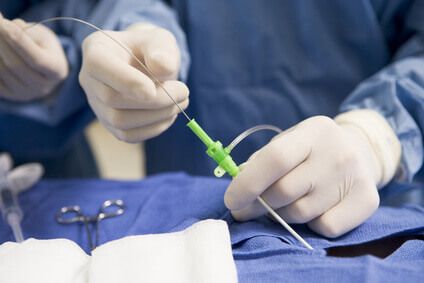The recent SAFARI-STEMI study compared transradial and femoral access in patients with ST-segment elevation myocardial infarction, and no significant differences were found. These results have a sour taste for those in favor of transradial access, as they are convinced of its benefits and unwilling to go back to previous practices.

This bitter taste is based on evidence rather than fanaticism; the SAFARI-STEMI should have conducted a more detailed analysis per treatment received, focusing on bleeding.
A good example comes from the RIVAL study: all major bleeding events in the radial arm were actually femoral complications. If this were also confirmed in SAFARI-STEMI, the importance of minimizing crossover would be clear.
Crossover from radial to femoral access occurred in 8.1% of patients in SAFARI-STEMI and in 7.6% in RIVAL. While this crossover rate is similar to what happens in daily clinical practice, its intent-to-treat analysis includes data that is hard to interpret.
Some measures can be taken to minimize crossover:
- Failure in inserting the guidewire after a successful puncture is a fairly common issue. This may be due to tortuosity, puncture of a small side-branch, artery atherosclerosis or occlusion (in presence of a previous procedure). Solutions include inserting the guidewire using fluoroscopy and conducting a new puncture in a different place of the same artery—or in the contralateral artery.
- Preventing spasms is another important issue. Using hydrophilic introducer sheaths, vasodilators, and small diameter catheters is helpful.
- Careful insertion of catheters and guidewires is paramount. In case of sudden pain or resistance, the threshold to perform angiography should be very low. Some anatomical variants of the radial artery make the procedure difficult or impossible in about 15% of cases. Recognizing tortuosity, loops, or accessory radials helps to detect quick solutions.
- Access can be moved from radial to contralateral or, in extreme circumstances, to transulnar. This was not specified in SAFARI-STEMI.
Read also: Intravascular Imaging: A Universal Approach for Angioplasty Optimization.
An important aspect in this particular group of patients—with ST-segment elevation myocardial infarction—is reperfusion time. Assuming that the time that an operator can take to deal with a challenging radial artery in these patients is much less than in stable patients is quite reasonable. Once again, we bring up the importance of a low threshold for radial angiography: the faster we know how is the radial artery we are dealing with, the faster the situation is solved—even if that means changing to a femoral artery.
Most femoral complications occur with operators who use transradial access almost exclusively (80-98%); consequently, being trained in both accesses is crucial.
Original Title: Residual Challenges in Radial Approach for Percutaneous Coronary Interventions.
Reference: Pierfrancesco Agostoni et al. JAMA Cardiol. 2020;5(12):1451-1452. doi:10.1001/jamacardio.2020.3730.
Subscribe to our weekly newsletter
Get the latest scientific articles on interventional cardiology





